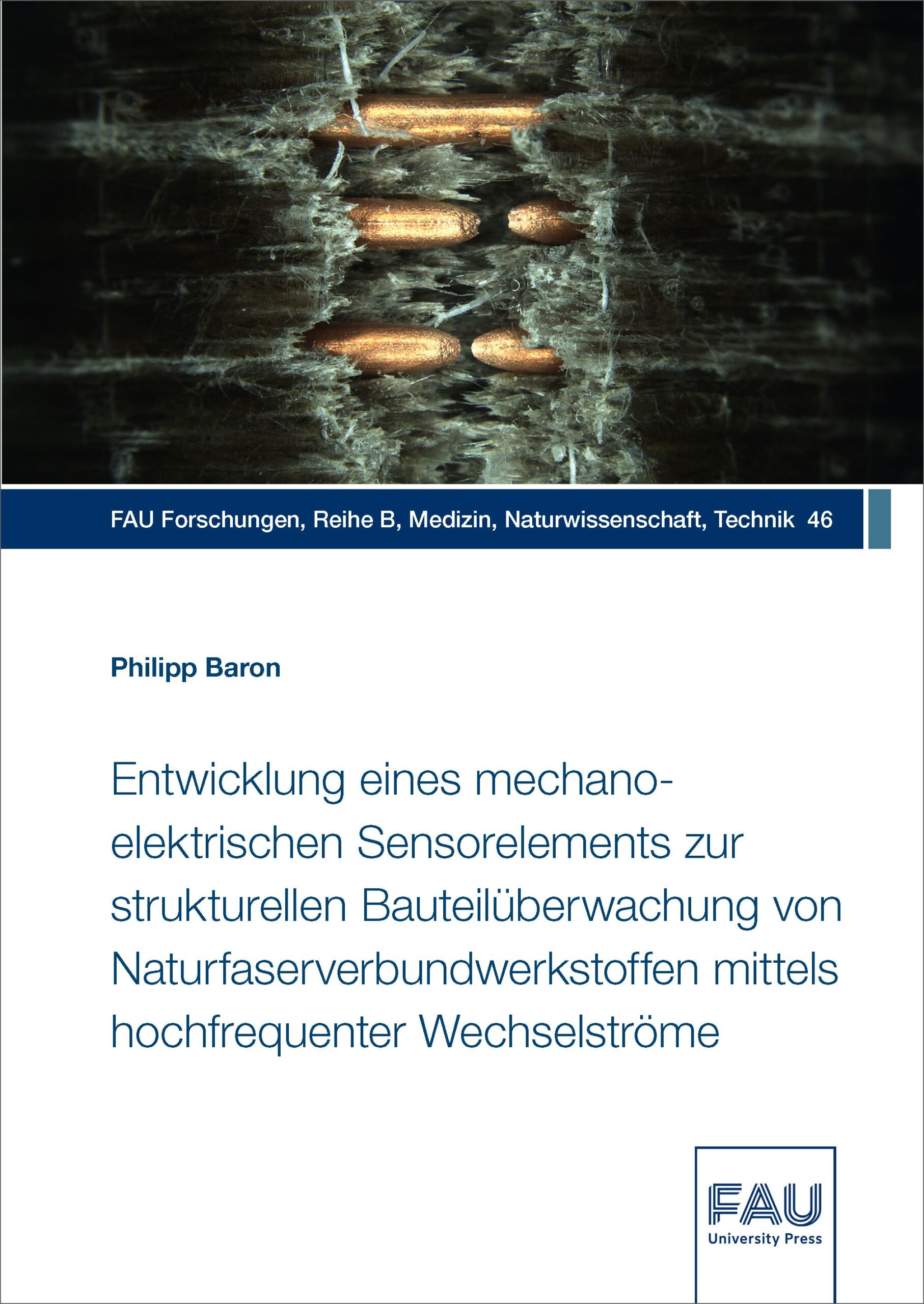Description
In dieser Arbeit wird ein neuartiges Sensorelement vorgestellt, das die strukturelle Integrität von Naturfaserwerkstoffen mithilfe von hochfrequenten Wechselströmen in-situ überwacht. Mechanisch-dynamisch belastete Leiterwerkstoffe entwickeln eine charakteristische Oberflächenrauheit, welche in Wechselwirkung mit hochfrequenten Wechselströmen eine Bestimmung des Verschleißzustandes ermöglicht. Integriert in Naturfaserwerkstoffe sollen diese Leiter homogene und inhomogene Schädigungen detektieren.
This thesis presents a novel sensing element that monitors the structural integrity of natural fiber composites in-situ using high-frequency alternating currents. Mechanically and dynamically loaded conductor materials develop a characteristic surface roughness which, in interaction with high-frequency alternating currents, enables the wear condition to be determined. Integrated into natural fiber composites, these conductors are intended to detect homogeneous and inhomogeneous damage.
This thesis is divided into four main areas. Firstly, the causes and influencing factors for the development of roughness on conductor materials are described, which influence the choice of sensor material. All relevant mechanical loads lead to roughness on the conductor surface, which enables wear detection. Copper proves to be the best choice for use as an electromechanical sensor element due to its damage behavior and economic aspects. The second part deals with the mechanical and electrical damage behavior of rigid and stranded cables without defined characteristic impedance with high-frequency alternating currents. For rigid cables, it is possible to estimate the state of wear using RF measurement technology, as the attenuation increases constantly with mechanical wear. With stranded cables, detachment of the strands from the sheath makes it difficult to predict the service life. Rigid copper conductors are therefore used as the sensor architecture. In the third part, the complex-value relative permittivity of the natural fiber material is determined for impedance-controlled design of the sensor element. Finally, the functional verification of the new sensing element is presented. It is shown that not only the surface roughness, but mainly a delamination of the sensor element leads to changes in the RF characteristics. It is possible to detect homogeneous and inhomogeneous damage to natural fiber materials using the new sensor element.


Reviews
There are no reviews yet.